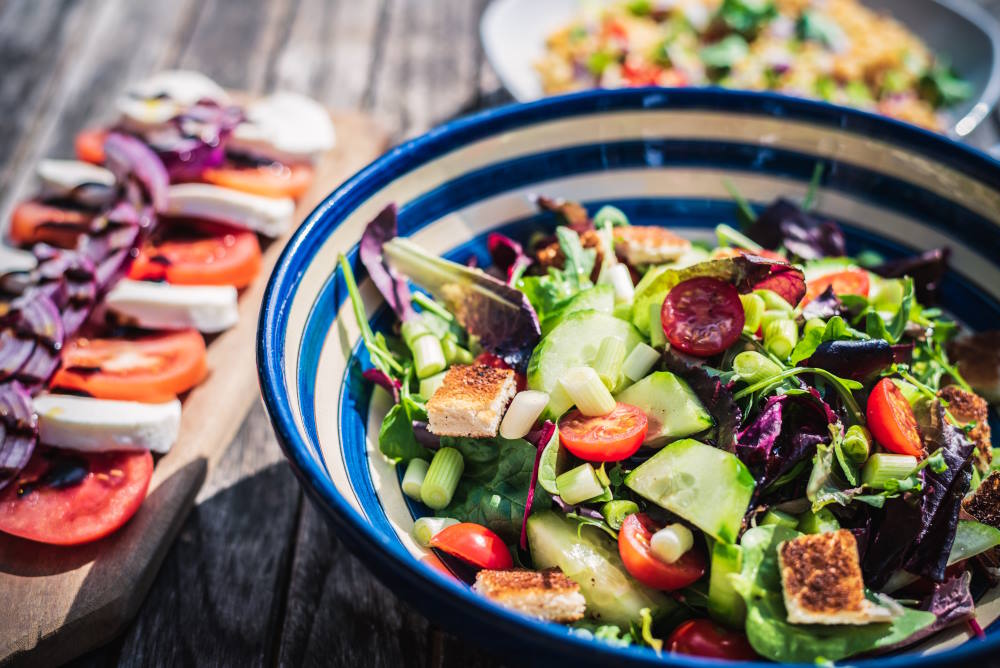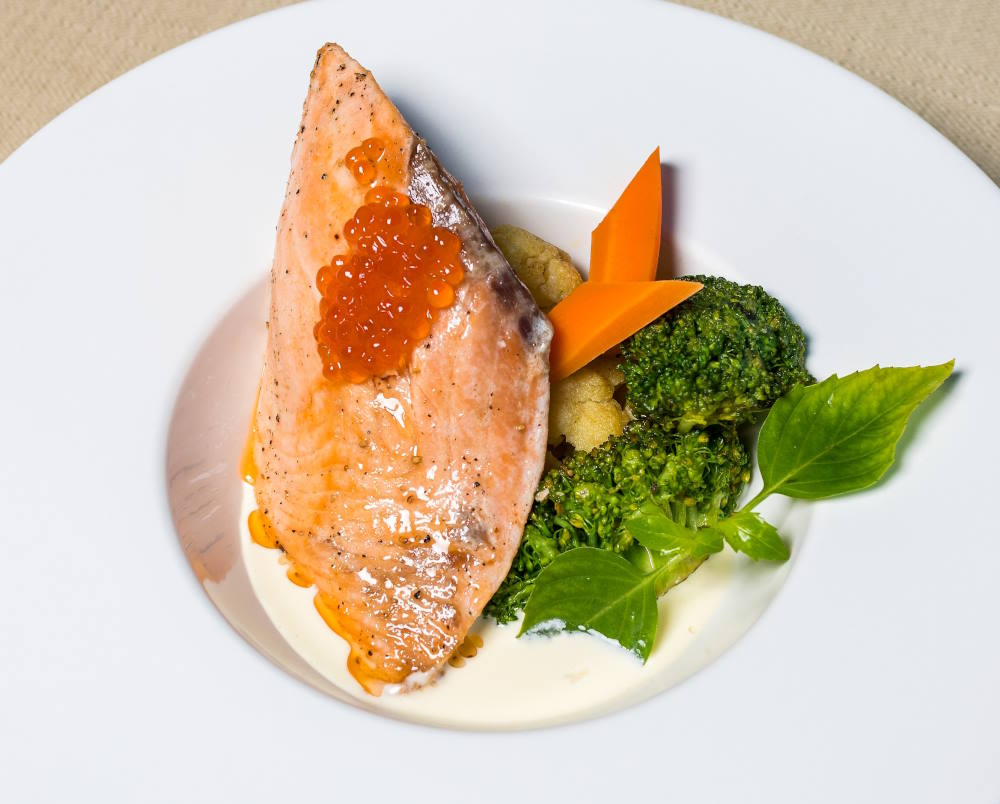We live, we eat, we breathe. All these keep us alive, give us energy, make our body and mind exist, create, and enjoy. All these everyday automatic procedures have some by-products, though, not necessarily with negative or dangerous effects.
Free radicals, these demons, who can make us sick or kill us any moment. Or is it like this?
What are they?
When cells use oxygen to generate energy, free radicals are created as a consequence of ATP (adenosine triphosphate) production by the mitochondria. These by-products are generally reactive oxygen species (ROS) as well as reactive nitrogen species (RNS) that result from the cellular redox process.
 How do they function?
How do they function?
If those free radicals exist in balance, not in extreme amounts, in our body, then they are beneficial, supporting the cellular functions and immunity.
The body often produces free radicals to fight against microbes. So sometimes the oxidants are not even byproducts.
In high concentration though can create oxidant stress with immediate effects, like weakness and pain in the joints, to severe long-term problems, like arthritis, cardiovascular or neurological deceases, even Alzheimer or cancer.
The free radicals can also be affected from external sources (pollution, cigarette smoke, radiation, medication, or stress) and as we hear every day about those factors, the danger is high.
 What can we do?
What can we do?
The free radicals must not disappear from the body, but we must take care to keep them under control. Well, not literally, we cannot really control them ourselves, but with healthy way of living, good quality food and rest and relaxation, the body knows what to do and how to keep a balance of them.
Antioxidants!
A balanced nutrition, with no or reasonable use of food that produce acidity in the body, helps the body itself keep this balance.
But every person has different needs and different abilities to balance all these.
And the alkaline diet is not always antioxidant. Lemon juice, for example, is extremely acid (pH close to 2), but in the body is a strong antioxidant.
If you want to give yourself an extra dose of antioxidants, there is a short list of vitamins and other ingredients you should find in your food or in food supplements.
 Vitamin E (in high doses can become dangerous)
Vitamin E (in high doses can become dangerous)
(Natural sources: vegetable oils, wheat germ oil, whole grains, nuts, cereals, fruits, eggs, poultry, meat)
Vitamin C
(Natural sources: acid fruits, green vegetables, tomatoes)
Beta Carotene
(Natural sources: Beta-carotene is present in many fruits, grains, oil and vegetables, carrots, green plants, squash, spinach)
Lycopene
(mostly found in cooked tomatoes, tomato juice and tomato sauce)
Selenium (Se)
(trace mineral found in soil, water, vegetables (garlic, onion, grains, nuts, soybean), sea food, meat, liver, yeast)
Flavonoids. Flavonoids are polyphenolic compounds which are present in most plants.
(The main natural sources of flavonoids include green tea, grapes (red wine), apple, cocoa (chocolate), ginkgo biloba, soybean, curcuma, berries, onion, broccoli, etc.)
Omega-3 and omega-6 fatty acids Omega-3s reduce inflammation and prevent chronic ailments such as heart disease, stroke, memory loss, depression, arthritis, cataract, cancer. Omega-6s improve diabetic neuropathy, eczema, psoriasis, osteoporosis, and aid in cancer treatment.
(Omega-3 fatty acids can be found in fat fish (salmon, tuna, halibut, sardines, pollock), krill, algae, walnut, nut oils and flaxseed)
(Omega-3 6 fatty acids (linoleic acid) include vegetable oils, nuts, cereals, eggs, poultry)
Sources: National Library of Medicine, Wikipedia, the free Encyclopedia


